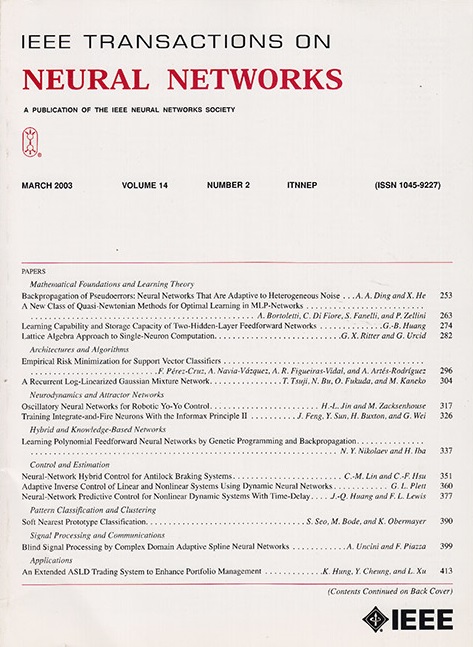胸部x线视觉显著性建模:眼动追踪数据集和显著性预测模型。
IF 8.9
1区 计算机科学
Q1 COMPUTER SCIENCE, ARTIFICIAL INTELLIGENCE
IEEE transactions on neural networks and learning systems
Pub Date : 2025-03-08
DOI:10.1109/TNNLS.2025.3564292
引用次数: 0
摘要
放射科医生在医学图像解释过程中的眼动反映了他们诊断决策的感知-认知过程。眼动数据可以建模来表示医学图像中的临床相关区域,并可能集成到人工智能(AI)系统中,用于医学成像中的自动诊断。在本文中,我们首先进行了一项大规模的眼动追踪研究,涉及13名放射科医生解读191张胸部x射线(CXR)图像,建立了最佳的CXR视觉显著性基准。然后,我们进行分析,量化为CXR图像生成的显著性图(SMs)的可靠性和临床相关性。我们开发了CXR图像显著性预测方法(CXRSalNet),这是一种新颖的显著性预测模型,利用放射科医生的注视信息来优化未标记CXR图像的使用,增强训练并缓解数据稀缺性。我们还展示了我们的CXR显著性模型在增强人工智能诊断成像系统性能方面的应用。本文章由计算机程序翻译,如有差异,请以英文原文为准。
Chest X-Ray Visual Saliency Modeling: Eye-Tracking Dataset and Saliency Prediction Model
Radiologists’ eye movements during medical image interpretation reflect their perceptual-cognitive processes of diagnostic decisions. The eye movement data can be modeled to represent clinically relevant regions in a medical image and potentially integrated into an artificial intelligence (AI) system for automatic diagnosis in medical imaging. In this article, we first conduct a large-scale eye-tracking study involving 13 radiologists interpreting 191 chest X-ray (CXR) images, establishing a best-of-its-kind CXR visual saliency benchmark. We then perform analysis to quantify the reliability and clinical relevance of saliency maps (SMs) generated for CXR images. We develop CXR image saliency prediction method (CXRSalNet), a novel saliency prediction model that leverages radiologists’ gaze information to optimize the use of unlabeled CXR images, enhancing training and mitigating data scarcity. We also demonstrate the application of our CXR saliency model in enhancing the performance of AI-powered diagnostic imaging systems.
求助全文
通过发布文献求助,成功后即可免费获取论文全文。
去求助
来源期刊

IEEE transactions on neural networks and learning systems
COMPUTER SCIENCE, ARTIFICIAL INTELLIGENCE-COMPUTER SCIENCE, HARDWARE & ARCHITECTURE
CiteScore
23.80
自引率
9.60%
发文量
2102
审稿时长
3-8 weeks
期刊介绍:
The focus of IEEE Transactions on Neural Networks and Learning Systems is to present scholarly articles discussing the theory, design, and applications of neural networks as well as other learning systems. The journal primarily highlights technical and scientific research in this domain.
 求助内容:
求助内容: 应助结果提醒方式:
应助结果提醒方式:


